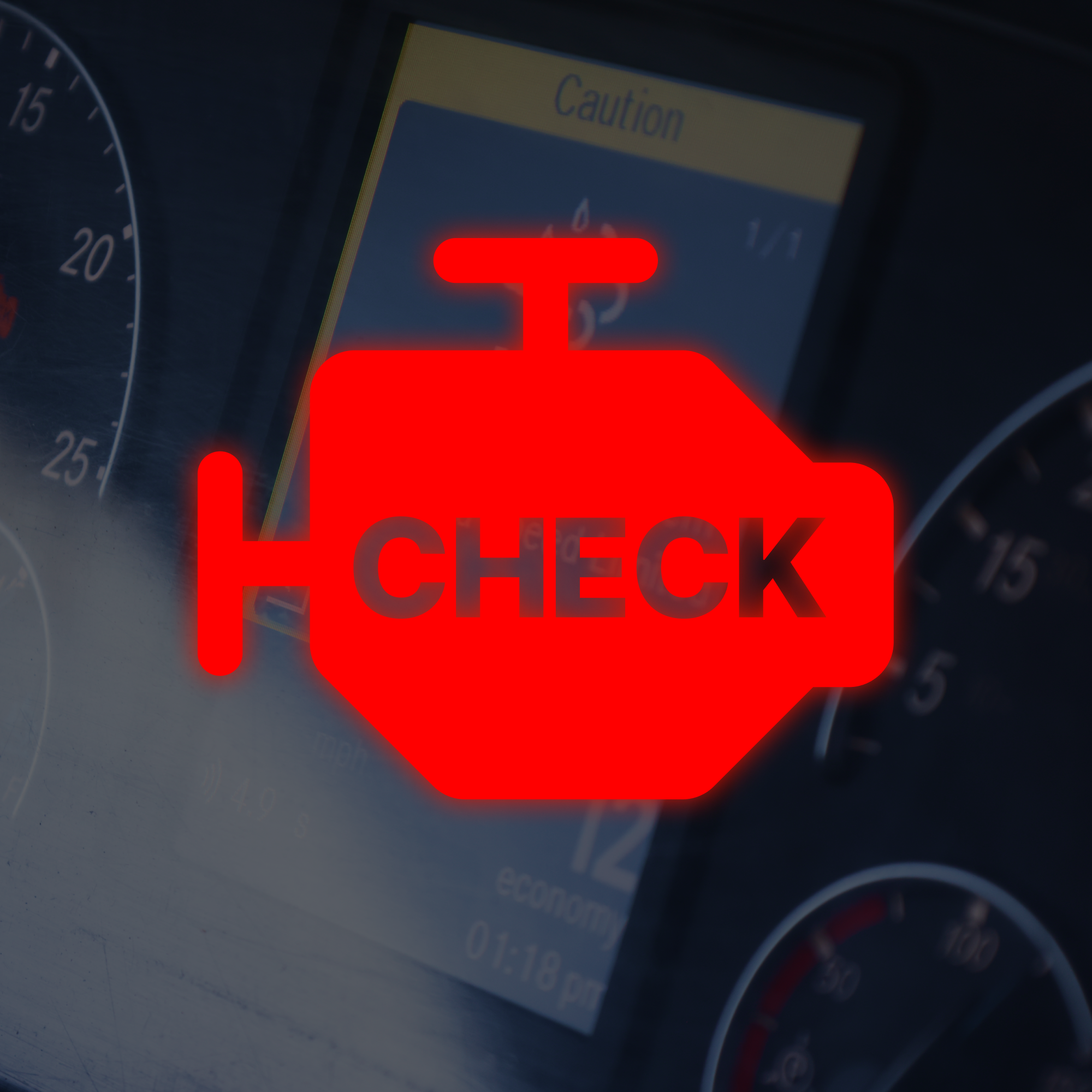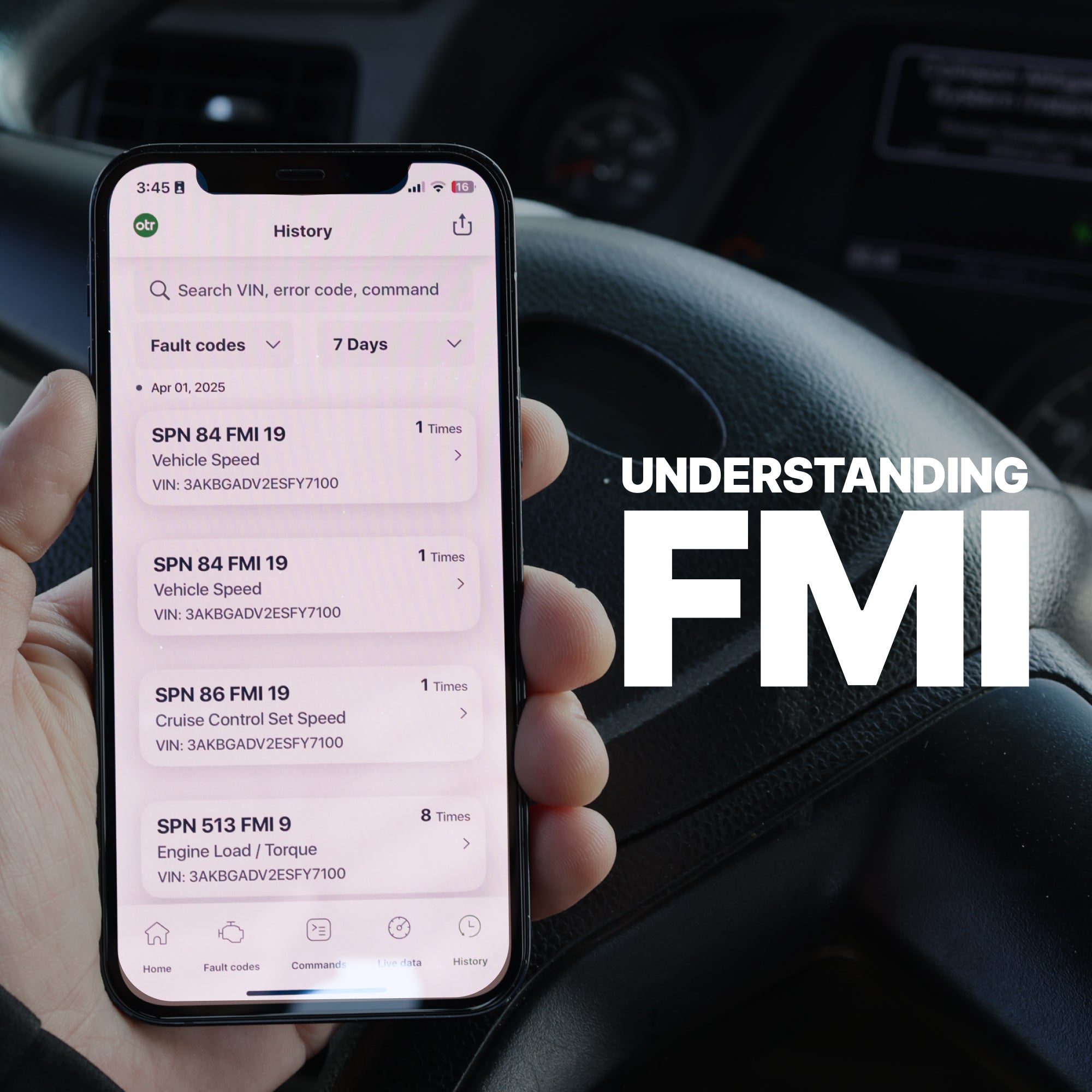The DPF system will typically give you some warning signs before going into a major derate or failure. One of the most common ones is to perform a parked regeneration. But parked regens do not always go as easy as pull over, push the button and voilà...regen.
In this blog we are going to cover the 3 things to do if the parked regen does not initiate.
#1: Safety
The first and most common thing that happens is that the safety criteria from the truck is not being met.
While there are things the owners manual tells you, like make sure your surroundings are clear (stay far away from buildings, people, etc.), do not let the truck get extremely hot. Dry grass would certainly make for an “exciting” day, but the truck will not stop you from doing a parked regen. The things we are going to focus on here are the ones pertaining to what the computer looks at.
The primary one is coolant temperature. You want to make sure that the coolant temperature has reached at least 160 degrees Fahrenheit. This is because the truck needs to be able to bring up exhaust temperature safely and the most consistent operating conditions are after the engine has reached its normal operating temperature.
#2: Put the truck in neutral
After that you need to make sure that the truck is in neutral. The truck needs to be stationary to have complete control over the conditions the parked regen performs in; this way it can guarantee that.
Now, if you are in neutral you obviously do not want the truck rolling into something, so you need to make sure that the parking brake is set. Both the neutral safety and parking brake safety are monitored by the computer. At times they will not properly register in the computer, so you may need to cycle them to get the computer to register their positions correctly.
Have you done all this and the parked regen still doesn’t start?
#3: Check your fault codes
The next step would be to dive into what trouble/fault codes you have, if any. Many faults can prevent a parked regeneration, especially if they pertain specifically to a piece of the truck that controls the regeneration process. To do this you will want a way to read fault codes on the truck.
While many ELDs and trucks themselves display fault codes they do not go into great detail on what each fault code means, which then sends you into a google hunt that only pays off half the time.
Utilizing a tool that provides detailed information on the fault codes will save you a ton of time by quickly allowing you to determine what is happening with each fault code. And it could be part of your failed parked regen attempts.
If you do find that a fault code is inhibiting the parked regen you will be armed with the information to tackle a repair or know that it requires a mechanic to get sorted out.
So now that you have made your way through the safety checks and fault codes, there may still be a situation where the soot level is too high or there’s a fault code that you repaired but you haven’t cleared and it’s preventing the parked regen from going through.
In this situation you will need a tool that has the ability to perform forced regeneration or in some cases just remove the codes that prevent it. These tools are typically more advanced and will be the same ones that provide more details on each fault code. Some of the tools have interfaces that are easier to use than others and they all come in different styles and capabilities.
These tools range from laptop software (ex: Paccar Davie, Texa, Jpro), handheld devices (Snap On, Nexiq) or Android/iOS based (OTR Diagnostics). And the prices range from well under $1,000 into $10,000. Some tools have entry fees and some have annual renewal costs. Take a look at different tools and resources out there and see which one would work best for you and your operation!
I hope this helps bring understanding to failed parked regens. Till next time, stay safe!




What are truck fault codes? Everything you need to know
5 benefits of attending a trucking tradeshow